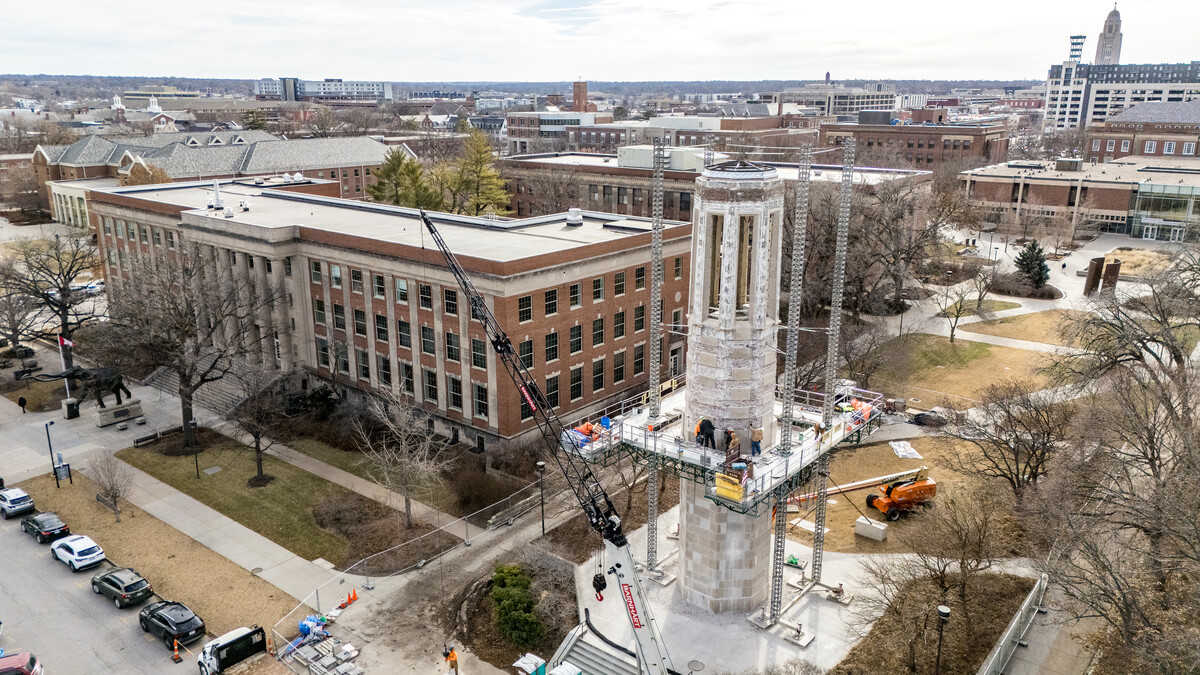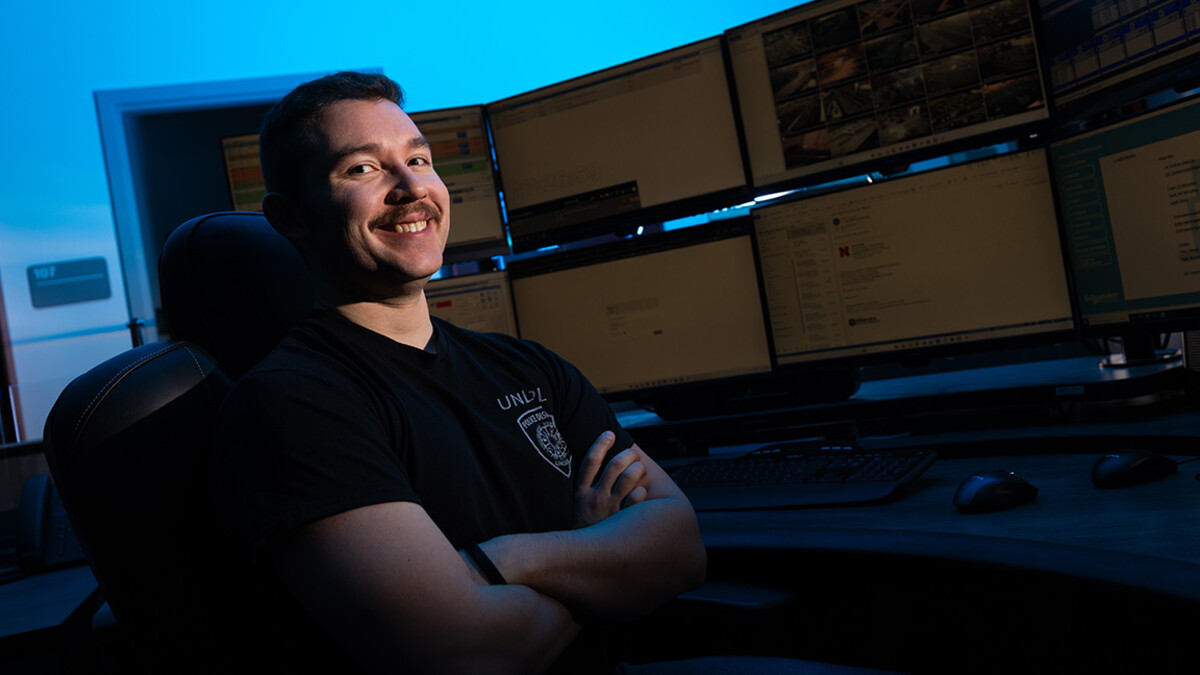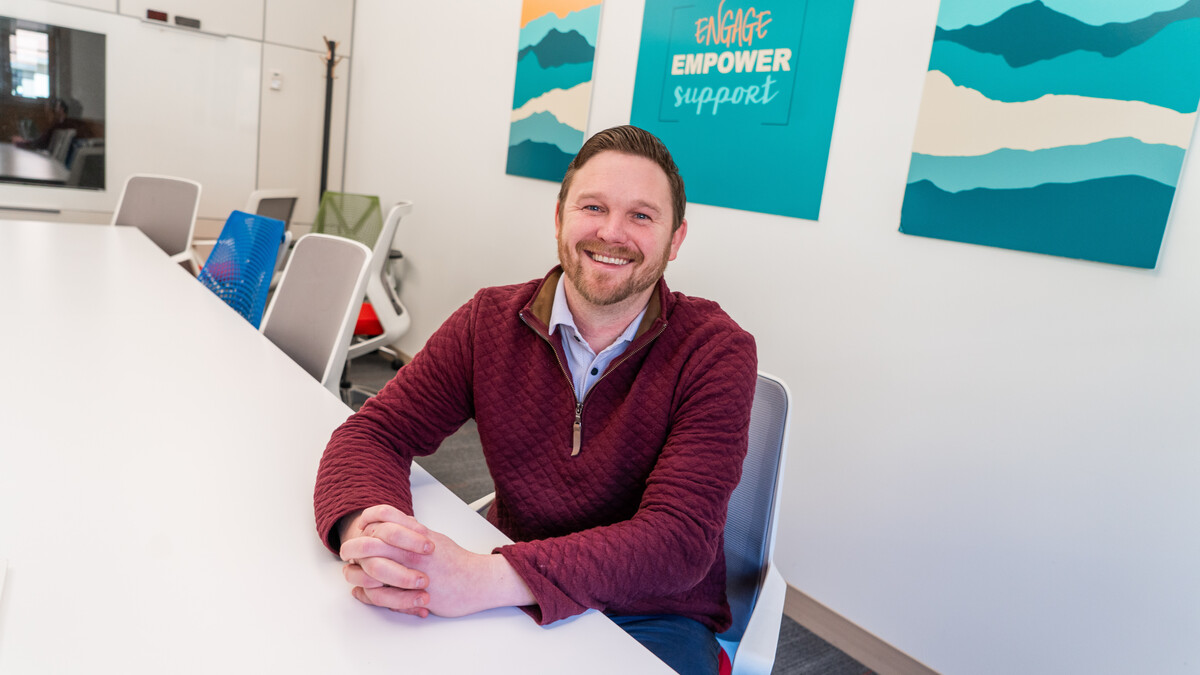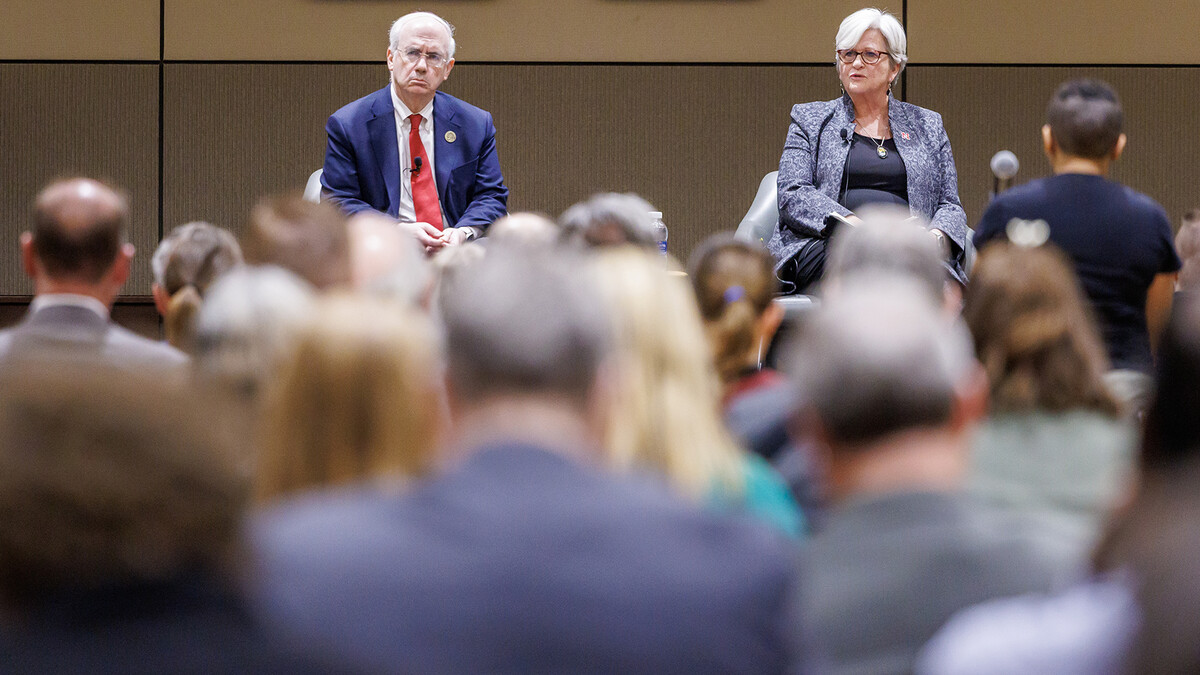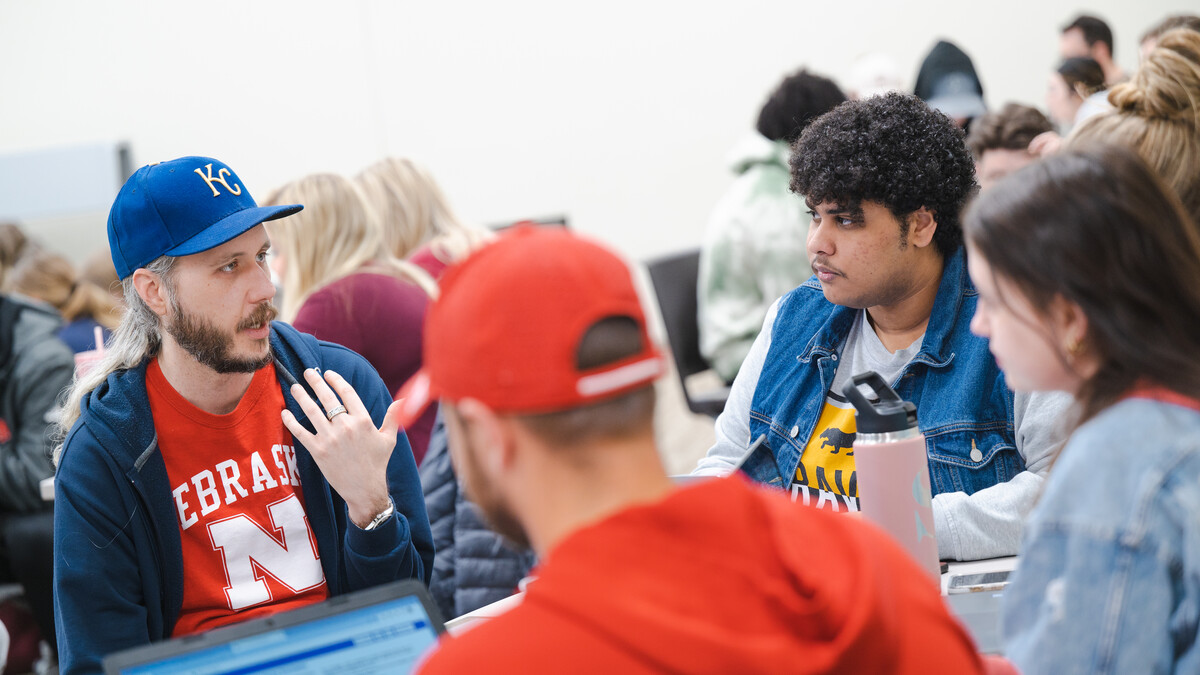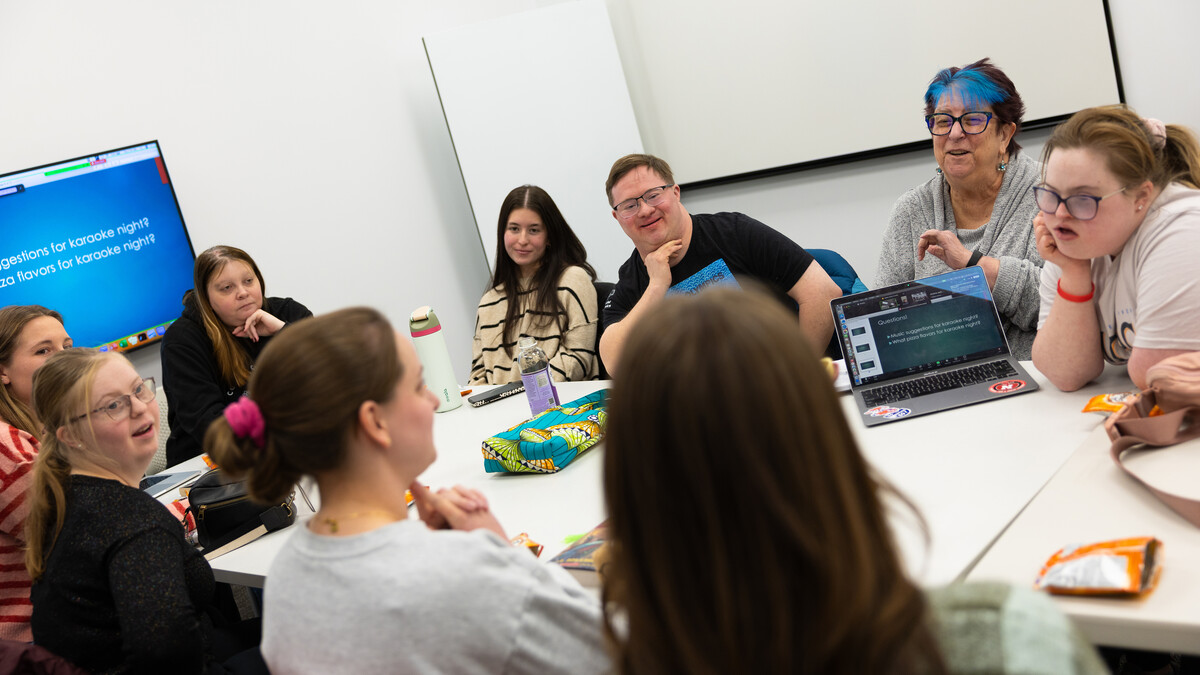
Nearly two dozen teachers, curriculum specialists and aspiring educators visited the University of Nebraska–Lincoln Sept. 19 for an evening of learning and fellowship during the Holocaust Education In-service, held in the Nebraska Union.
Beth Dotan, research assistant professor in the Harris Center for Judaic Studies, led the in-service, along with staff from Teaching with Primary Sources, Midwest Division, a program of the U.S. Library of Congress. The Harris Center received funding to hold teacher in-services from the Teaching with Primary Resources Midwest Program. A full day of in-service was also held June 3 at the Samuel Bak Museum, a learning center at the University of Nebraska at Omaha and the College of Saint Mary. Teachers were provided a stipend and travel expenses for attending.
The in-services are an important outreach initiative for the Harris Center and align with the Nebraska Department of Education’s upcoming mandate for Holocaust education in the state’s social studies curriculum standards. The Nebraska Legislature passed the law in 2022 requiring Holocaust and genocide education in high school social studies, and the new standards are expected to be in place by fall 2025.
In total, 22 educators and pre-service teachers attended the in-service. Dotan said seven of the fall participants had also attended the summer in-service, which drew about 70 educators.
Dotan began the event by inviting the educators to explore her digital humanities project, “Nebraska Stories of Humanity: Holocaust Survivors and World War II Veterans.” The project has digitized and annotated primary resources, such as letters, photographs, interviews and personal effects from Nebraskans who have a direct connection to the Holocaust and U.S. servicemen who liberated Nazi war camps. Dotan, with assistance from the Center for Digital Research in the Humanities, conceived of, built and published the web portal and educational tool — which also includes curriculum ideas for educators — as a doctoral student at Nebraska.
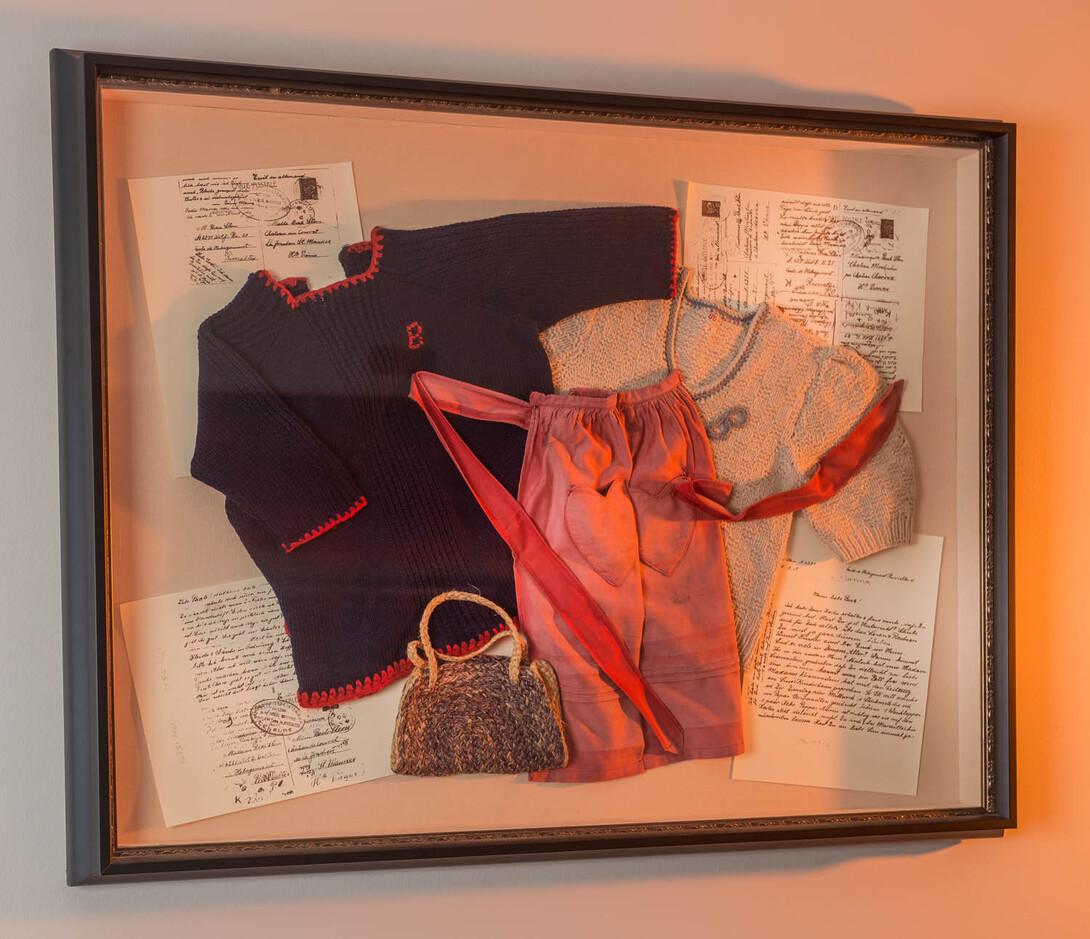
"What this (Teaching with Primary Resources) grant has allowed is for the Nebraska Stories in Humanity project to blossom in other ways," Dotan said in an interview ahead of the in-service. "Individuals attending are going to learn new methods for teaching with primary sources. And they’ll take those tools into their classrooms, so learners can analyze primary sources, analyze information, be exposed to all different narratives, while making inferences about what has happened in history and what is happening in the world now, and that is a lifelong skill."
Hanna Martin, an educator who teaches world history to high school sophomores in Bennington, Nebraska, said having the access to primary sources and stories of Nebraskans connected to the Holocaust is impactful for students.
"I think students often think, 'Oh, that happened somewhere else,' but then to see that there are stories from your community, it makes it so much more real," she said during a group discussion.
Martin attended both the summer and fall in-services. She felt it was imperative to learn new approaches to teaching the Holocaust in meaningful ways, and said she came away from both in-services with valuable information. She has already incorporated some of what she has learned into her classroom. One example is a project where students build a timeline of significant events related to the Holocaust and then add to it with information from someone’s personal story.
"They found primary sources from people who lived through the Holocaust and incorporated those stories into the timeline," she said in a later interview. "I noticed that as students discovered these stories, it changed the way they looked at the events they already had on their timeline. Suddenly those events weren’t just something that happened, but something that happened to someone.
"Projects like these help the students learn the surface-level content, which is valuable, but more importantly, they learn about empathy and the real significance of what occurred."
In-service presenters Judy Bee and Joseph Skotzke, facilitators and directors of the Teaching with Primary Sources Midwest Program run out of Illinois State University, led a session focused on the many collections available online through the Library of Congress. Through the hour-long session, teachers gained insights into how they can use the collections in their classrooms and facilitated discussions sparked new ideas for generating conversations about history, specifically the Holocaust, in their classrooms.
The evening closed with a kosher dinner — provided by University Dining's kosher kitchen in the Gaughan Multicultural Center — and an interactive panel discussion with Dotan and fellow panelists from Teaching with Primary Sources; the Institute for Holocaust Education; Nebraska Department of Education; Samuel Bak Museum; and Blixt Arts Lab, which produced a play based on Clarence Williams’ letters. Williams was a World War II veteran and concentration camp liberator who settled in Nebraska after the war. His story is featured in the Nebraska Stories of Humanity. The play, “Not Too Far Distant,” is currently traveling the state.
